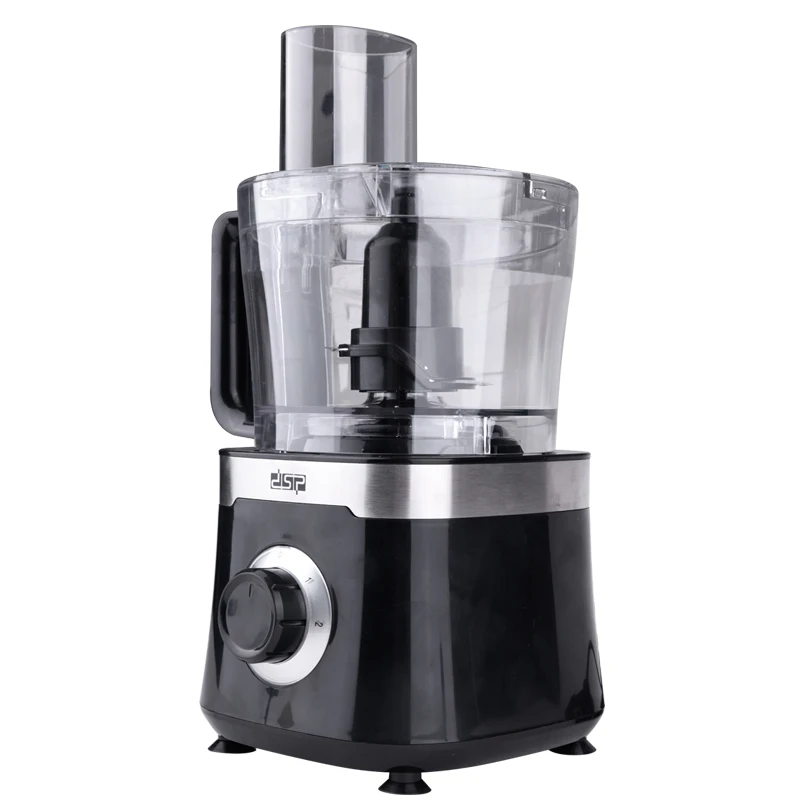
Introduction to Food Processors
In today’s kitchens, a food processor is a powerful ally. It tasks itself with a range of jobs, from chopping to pureeing, all designed to make prep work quick and easy. What exactly does a food processor do? It’s a multi-purpose appliance with a motor, sharp blade, and various attachments for different tasks. It makes quick work of tedious tasks like dicing onions, grating cheese, or making dough.
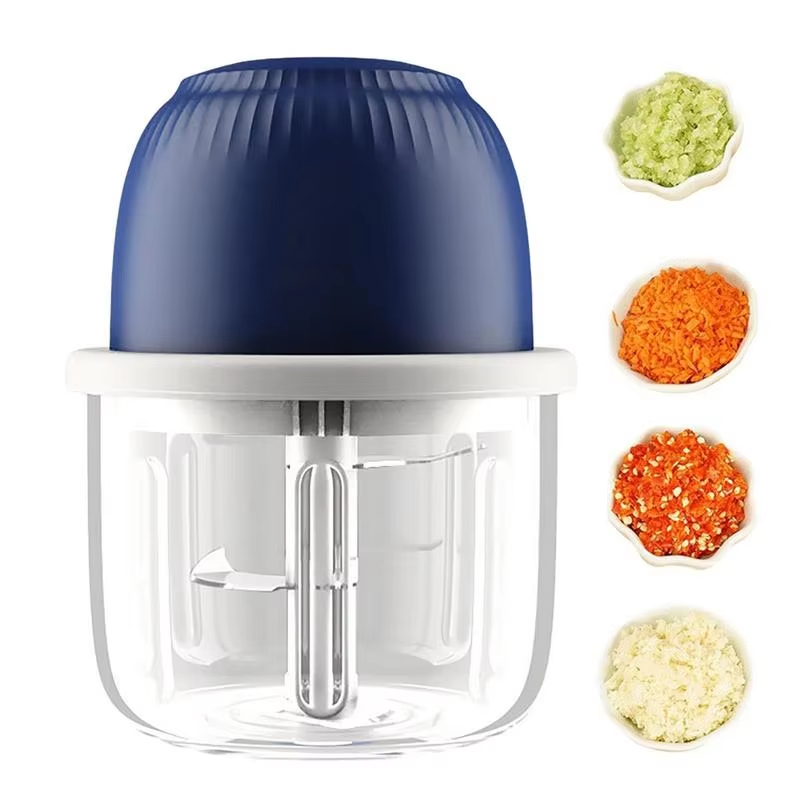
Users love food processors for their ability to create consistent results. They’re reliable for preparing ingredients to exact sizes, a task that can be difficult to achieve by hand. With the push of a button, you command this kitchen helper to pulse, blend, chop, or slice, adjusting to your recipe’s needs. A food processor’s design favors the home chef who wants speed without sacrificing quality.
Knowing what a food processor does helps you unlock its full potential. Whether you’re making simple salsas or intricate pastry dough, this appliance cuts down time and effort. Let’s dive deeper into the essential uses of food processors and learn how they can transform your cooking experience.
Key Features and Attachments
When selecting a food processor, pay attention to its key features and attachments. These elements determine what your food processor can do. The motor should be robust for consistent performance. Blades must be sharp for precise cuts. A variety of attachments like slicers, shredders, and dough blades expand the appliance’s versatility. A mixing bowl with a good capacity will accommodate larger recipes. Additionally, a pulse function offers more control over the chopping process.
Motor Power and Blades
The motor is the heart of a food processor. Powerful motors ensure reliable performance and longevity. Sharp blades are essential for clean cuts. Food processors with durable, stainless-steel blades maintain sharpness over time. This is crucial for processing hard foods like nuts or certain types of cheese.
Bowl Capacity and Design
The size of the bowl affects how much food you can prepare at once. A larger bowl is suitable for big meals, while a smaller one works for quick tasks. Seek bowls with a seal to avoid spills and make pouring easy. Some models offer nested bowls for versatility with different ingredient volumes.
Attachments and Accessories
Attachments turn a food processor into a multi-functional tool. Look for slicers and shredders to cut veggies quickly. A dough blade saves time on baking prep. Reversible blades offer both slicing and grating. Some processors come with extra blending or juicing attachments for added convenience.
Control Functions
Pulse features enable better texture control when blending or chopping. Variable speeds help handle diverse ingredients efficiently. Food processors with clear, easy-to-use controls simplify meal prep. Machines with rubber feet provide stability during operation.
Choosing the right food processor means looking for powerful motors, sharp blades, and useful attachments. Control features and a well-designed bowl add further convenience to your cooking routine. These key aspects will help you make the most of your food processor, enhancing your culinary skills.
The Versatility of Chopping and Slicing
Food processors excel in chopping and slicing, making them invaluable in the kitchen. They handle a wide range of ingredients, from soft fruits like tomatoes to hard vegetables like carrots. The sharp blades and powerful motors of food processors ensure precise cuts. This function saves significant time during food preparation.
- Chopping: Food processors quickly and efficiently chop ingredients. They convert large pieces into smaller, uniform sizes perfect for cooking or garnishing.
- Slicing: With the right attachment, food processors create even slices of vegetables or fruits. This is ideal for salads, garnishes, or baking preparations.
- Versatility: They cut through various textures and densities. Whether it’s soft cheese or tough root vegetables, a food processor can handle it.
- Speed: Compared to manual cutting, food processors are much faster. This speed is vital when preparing large quantities of food.
- Consistency: The results are consistently good. Every slice or chop is similar, which is important for cooking evenly.
Using a food processor to perform tasks like chopping and slicing not only saves time but also ensures precise results. This makes them a go-to appliance for any cooking enthusiast looking to streamline their meal preparation.
Making Dough and Baking Preparations
One of food processors’ shining roles is in dough-making and baking prep. Heavy doughs can tire out hands quickly. A food processor eases this with its dough blade attachment. Ideal for pie crusts, it blends butter into flour in seconds. For pastry chefs, this means perfect dough, every time. Your processor can also make quick bread crumbs or crush cookies for crusts. Kneading bread dough is another task made simple. The processor’s spinning blade brings ingredients together evenly. It reduces kneading time, making bread-making a breeze.
When baking, consistency in ingredient size matters. Food processors deliver uniformity, important for even baking. They chop nuts to desired fineness, which helps in baked goods. Speed is another baking benefit. Processors mix batters faster than by hand. This saves time in the kitchen.
Investing in a food processor also means creativity in baking. You can try recipes like energy balls or homemade granola bars. These often require fine chopping of nuts and dates. The processor handles this with ease. It blends these sticky ingredients without a mess. With a processor, homemade is simple.
Overall, a food processor makes baking tasks less daunting. It’s a helping hand for both novice bakers and seasoned pastry chefs. With a processor, you get to enjoy baking without the tedious prep work.
Purees, Dips, and Sauces
Food processors shine in creating smooth, textural culinary delights. They excel at making various purees, dips, and sauces. These recipes often require fine blending and consistent texture, which food processors handle effortlessly.
- Purees: Turn fruits and vegetables into perfect purees within seconds. These are great for baby foods, soup bases, or dessert fillings.
- Dips: Whip up quick, tasty dips like hummus or guacamole. With a food processor, you can blend chickpeas, avocados, and other ingredients uniformly and quickly.
- Sauces: Create delicious sauces such as pesto, salsa, or marinades. The food processor’s pulsing feature allows you to control the texture, ensuring your sauces have the right consistency.
The ability to adjust speed and pulsing helps in achieving the desired fineness or coarseness in your recipes. This versatility is what makes a food processor an invaluable tool for these preparations.
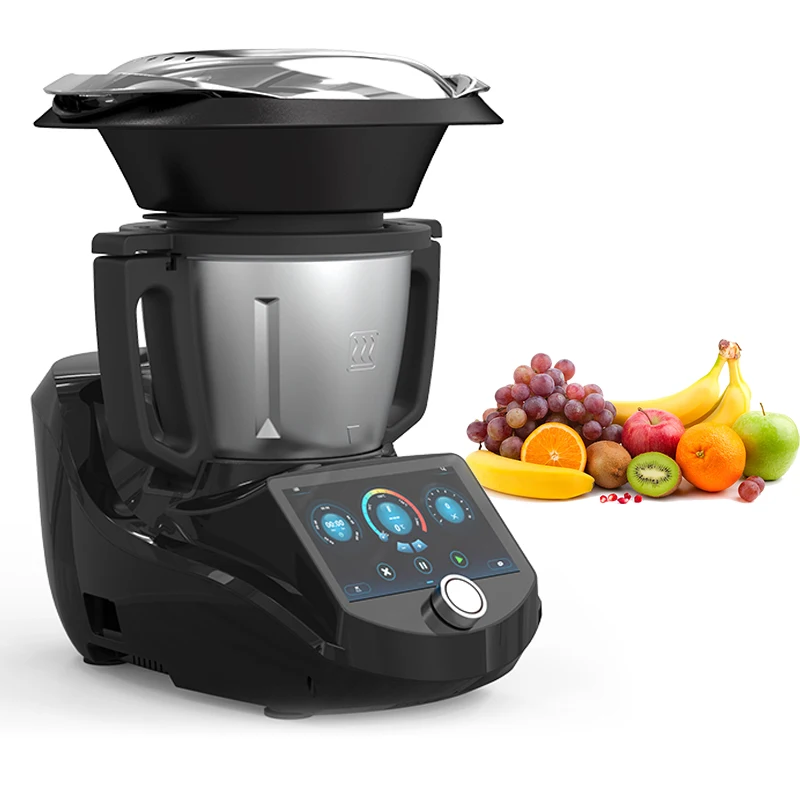 The Convenience of Homemade Meal Prep
The Convenience of Homemade Meal Prep
Homemade meal prep saves time in the kitchen. With a food processor, meal preparation becomes faster and simpler. This machine handles chopping, slicing, and mixing with ease. It’s perfect for busy individuals or families. Here’s how a food processor can revolutionize your meal prep:
- Efficient Chopping: Quickly chop vegetables for salads, stews, or side dishes.
- Uniform Slicing: Achieve even slices of fruits and vegetables for consistent cooking.
- Quick Mixing: Mix ingredients for sauces, marinades, and dressings in minutes.
- Dough Preparation: Easily make pizza or bread dough without manually mixing.
- Creative Meal Ideas: Try new recipes like veggie burgers or falafel with ease.
A food processor reduces the time you spend prepping food. It speeds up tedious tasks like dicing onions or grating cheese. Food processors handle large batches of ingredients which helps in meal planning. Enjoy more time eating with family, less time chopping and mixing. Homemade meal prep is a breeze with this versatile appliance.
Food Processors vs. Blenders
When choosing between food processors and blenders, understand their differences. Food processors are versatile; they chop, slice, dice, and even knead dough. Blenders, on the other hand, excel at liquids. They puree, blend, and crush, making them perfect for smoothies and soups.
Understanding Food Processors
Food processors come with various attachments. These include blades for chopping and slicing, and discs for shredding. They often have a large mixing bowl. This makes food processors great for solid foods.
Understanding Blenders
Blenders usually have a tall jug and a fixed blade. They work best with liquid or semi-liquid ingredients. This ensures smooth textures, ideal for drinks and creamy soups.
When deciding, think about your cooking style. Do you prep lots of solid foods? A food processor might be your match. Love smoothies or soups? A blender could be better. Some kitchens benefit from having both. Each excels in different tasks, making food prep easier.
Selecting the Right Food Processor for Your Needs
Choosing the right food processor depends on your cooking habits. If you cook often, a larger model with various attachments might be best. For those who cook less, a smaller or even a mini food processor could suffice. Here are some points to consider when selecting your food processor:
- Size: Match the processor’s size to your meal portions and storage space.
- Motor Power: Ensure it’s strong enough to handle the food you cook with.
- Attachments: Check for blades and disks that suit your cooking needs.
- Ease of Use: Simple controls and easy assembly are key.
- Noise Level: Some processors are noisier than others, find one you can stand.
- Cost: Balance cost with features and the quality you expect.
When you understand what a food processor does, you can pick one with the right features. This includes motor power, blade quality, and the correct attachments. For heavier uses like kneading dough, look for a robust motor. For chopping and pureeing, sharp and durable blades are essential.
Finally, consider how easy the food processor is to clean and maintain. A dishwasher-safe model can save time. Also, think about how much noise you can tolerate, as some machines are louder than others. Keep in mind your budget, but remember that investing in quality can save you money in the long run.
Reducing Kitchen Waste with a Food Processor
Food processors are excellent for reducing kitchen waste. Here’s how they help:
- Turning Leftovers Into Ingredients: Stale bread can become breadcrumbs. Soft fruits can turn into smoothies or desserts.
- Efficient Prepping: Processors slice and chop perfectly. Fewer trimmings mean less waste. Use all parts of vegetables and fruits.
- Easy Composting: Chop food scraps finely with a food processor. This speeds up the composting process.
- Storing Prepared Foods: Process and freeze excess vegetables. This prevents spoilage and prolongs freshness.
Food processors handle tasks that help use every bit of your groceries. They are both eco-friendly and cost-effective.
 Care and Maintenance Tips for Food Processors
Care and Maintenance Tips for Food Processors
Caring for your food processor ensures its longevity and performance. Here are practical tips to maintain your appliance.
- Read the Manual: Always start by reading the manufacturer’s instructions. Each model may have specific care requirements.
- Clean After Each Use: Wipe down the base with a damp cloth. Wash the bowl, blades, and attachments by hand when possible.
- Handle Blades With Care: Blades are sharp; handle them with caution. Store them safely to avoid injury and keep them sharp.
- Check for Wear: Regularly inspect your food processor for wear and tear. Replace dull blades or broken parts promptly.
- Avoid Overheating: Don’t run your food processor for too long. It can overheat. Follow recommended usage times.
- Dry Parts Properly: After washing, dry all parts completely before reassembly. This prevents mold and rust.
- Secure Lid and Blades: Before use, ensure the lid and blades are locked in place. This prevents accidents.
- Store Wisely: Keep your food processor in a dry place. If space is tight, a mini food processor may be easier to store.
- Regular Maintenance: Occasionally, use mineral oil to lubricate moving parts if the manual advises it.
- Avoid Dishwasher: If possible, avoid using the dishwasher. Hand washing prevents clouding and damage to parts.
By following these care tips, you’ll keep what does a food processor do at its best. It will be a reliable tool for all your cooking adventures.
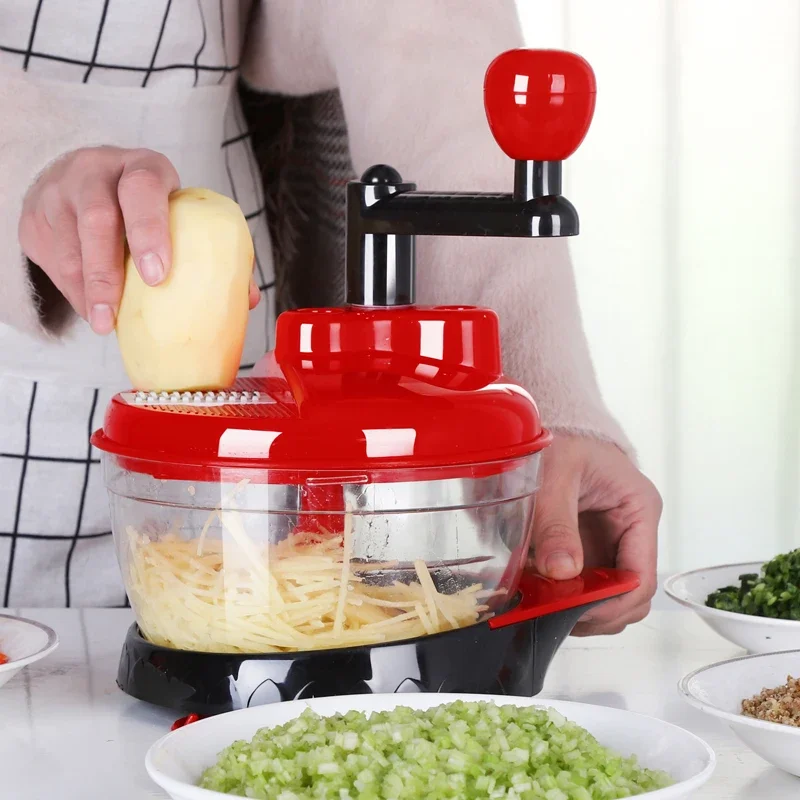
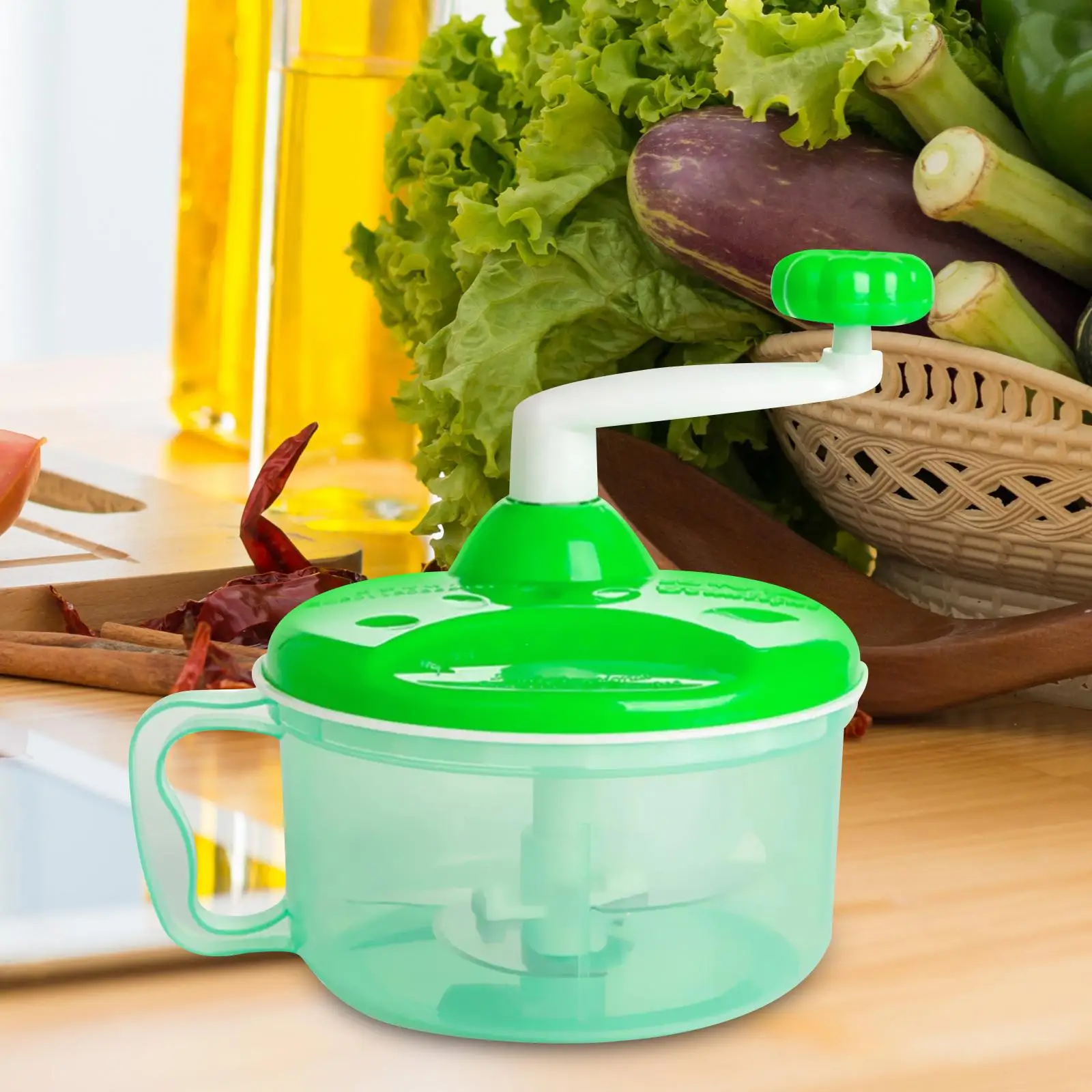
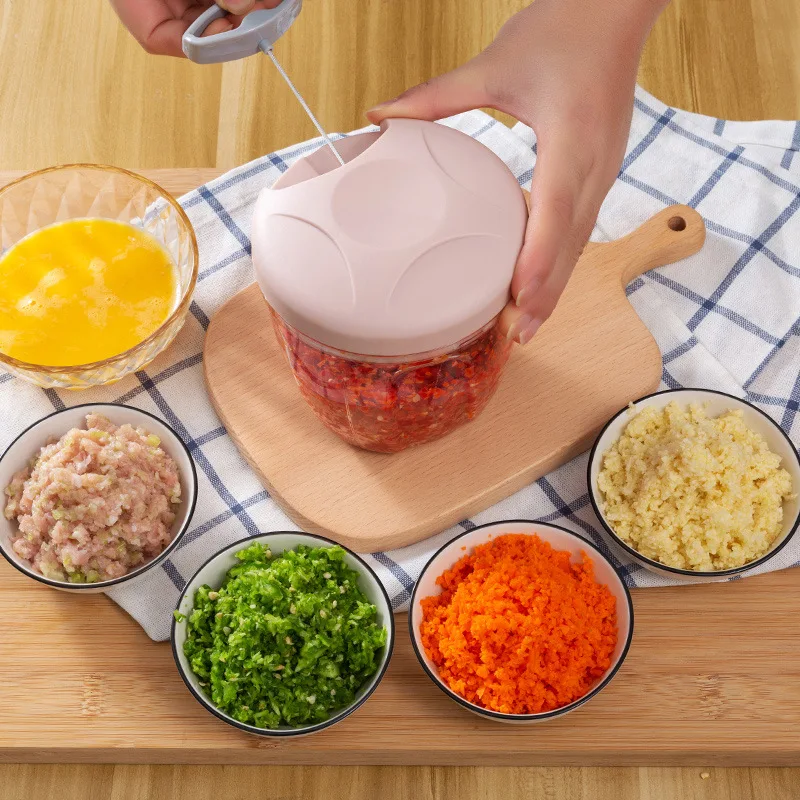 Step-by-Step Instructions on Using a Manual Food Processor
Step-by-Step Instructions on Using a Manual Food Processor
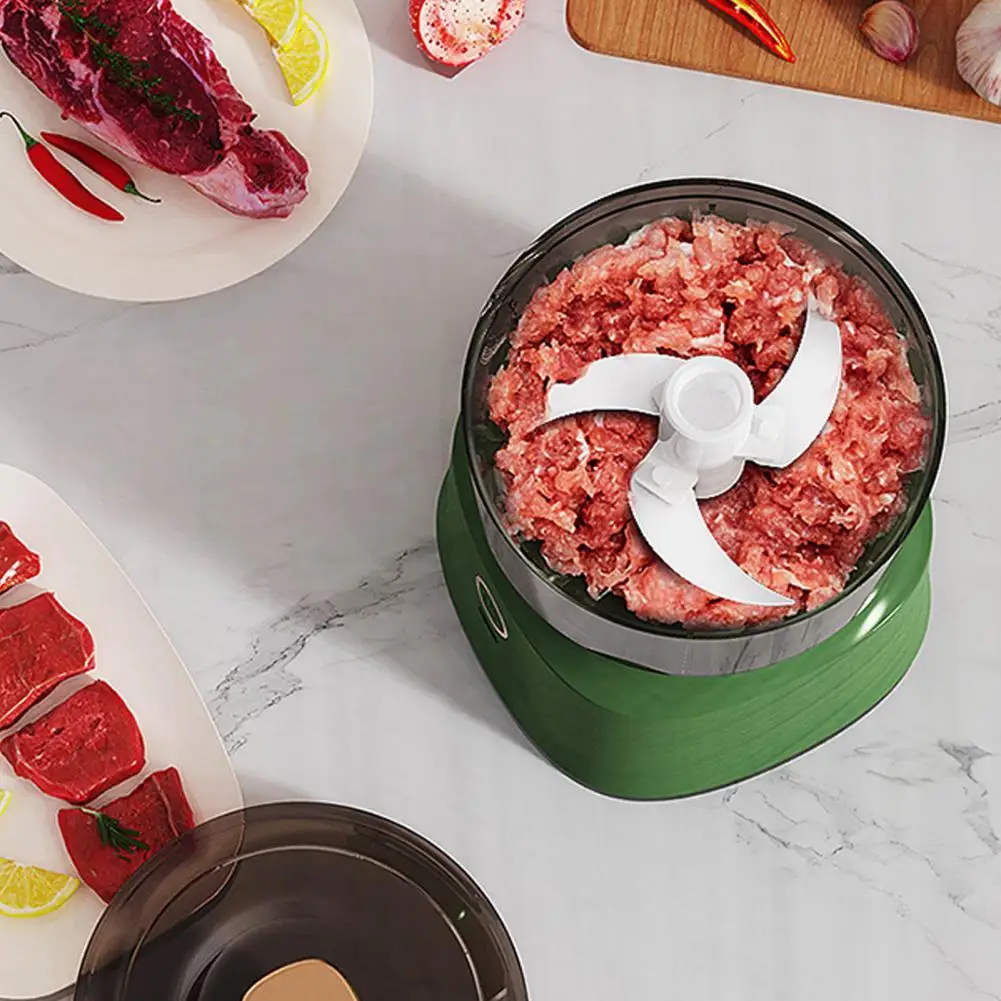
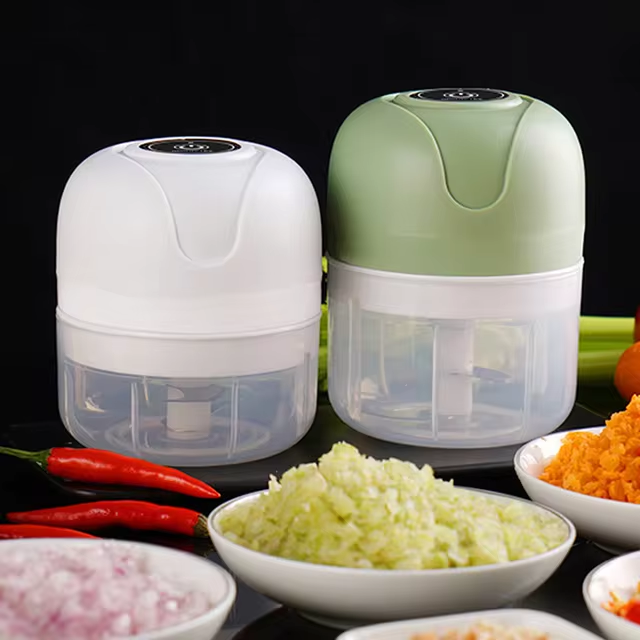 Essential Features of a Quality Food Processor
Essential Features of a Quality Food Processor